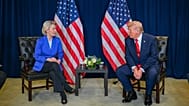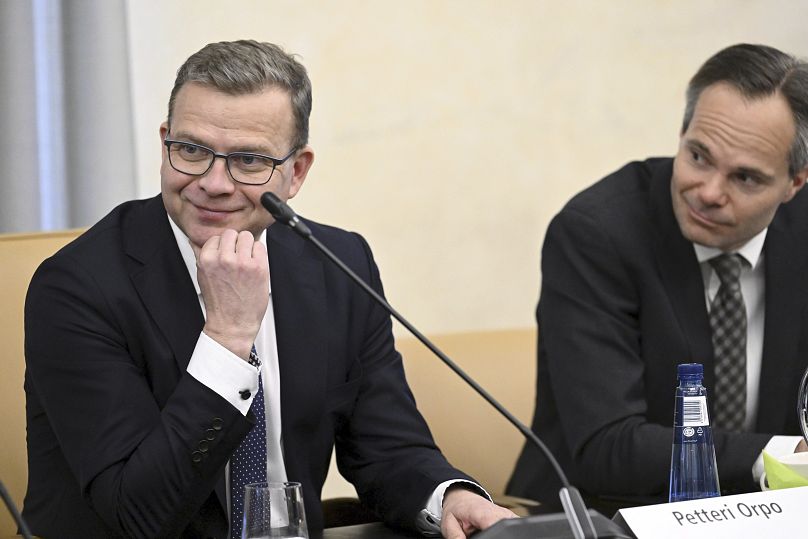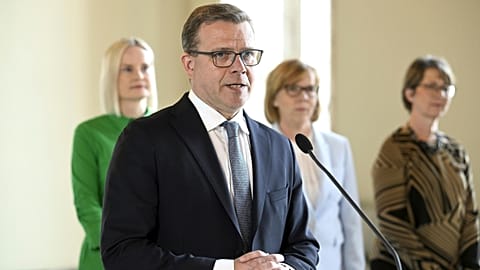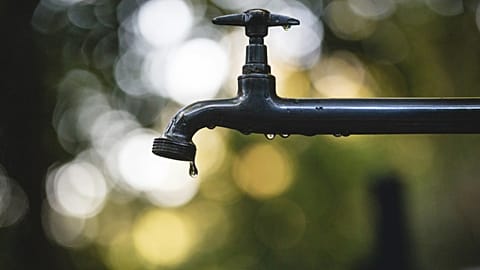Olkiluoto 3 is Western Europe’s first new reactor in over 15 years, launching hours after Germany shut down its last three plants.
Europe’s most powerful nuclear reactor has just started producing regular energy in Finland.
It’s taken 14 years longer than planned, but the Olkiluoto 3 reactor is providing a serious boost to the Nordic country’s electricity self-sufficiency.
The costly reactor, which has 1,600 megawatt capacity, was connected to the Finnish national power grid in March 2022. After a test phase lasting more than a year, it kicked off regular production on Sunday (16 April).
Proponents say the new reactor will help Finland to achieve its carbon neutrality targets. As well as increasing energy security at a time when European countries have cut oil and gas from Russia, Finland’s neighbour.
“The production of Olkiluoto 3 stabilizes the price of electricity and plays an important role in the Finnish green transition,” operator Teollisuuden Voima (TVO) president and CEO Jarmo Tanhua said in a statement.
The company added that “the electricity production volume of Europe’s largest nuclear power plant unit is a significant addition to clean, domestic production.”
Olkiluoto 3 is now producing around 14 per cent of the country’s electricity, and is expected to remain operational for “at least the next 60 years” according to TVO.
Why was Finland’s new nuclear reactor so delayed?
Construction of Olkiluoto 3 began in 2005 and was due to be completed four years later.
However, the project was plagued by several technological problems that led to lawsuits.
The last time a new nuclear reactor was commissioned in Finland was more than four decades ago. The Olkiluoto 3 is Western Europe’s first new reactor in more than 15 years.
It is the first new-generation EPR, or European Pressurized Reactor, plant to have gone online in Europe. The huge reactor was developed in a joint venture between France’s Areva and Germany’s Siemens.
Primarily because of safety concerns, nuclear power remains a controversial issue in Europe.
The launch of the Finnish reactor coincides with Germany’s move to shut down its last remaining three nuclear plants on Saturday.
How much did Olkiluoto 3 cost?
Experts have put Olkiluoto 3’s final price tag at around 11 billion euros ($12 billion) - almost three times what was initially estimated.
Finland now has five nuclear reactors in two power plants located on the shores of the Baltic Sea. Combined, they cover more than 40 per cent of the nation's electricity demand.
The conservative National Coalition Party, or NCP, which won Finland’s 2 April general election, wants to increase the share of energy that the country of 5.5 million gets from nuclear power even further.
NCP leader Petteri Orpo, Finland’s likely new prime minister, said during the election campaign that the new Cabinet should make nuclear power “the cornerstone of the government’s energy policy.”



















